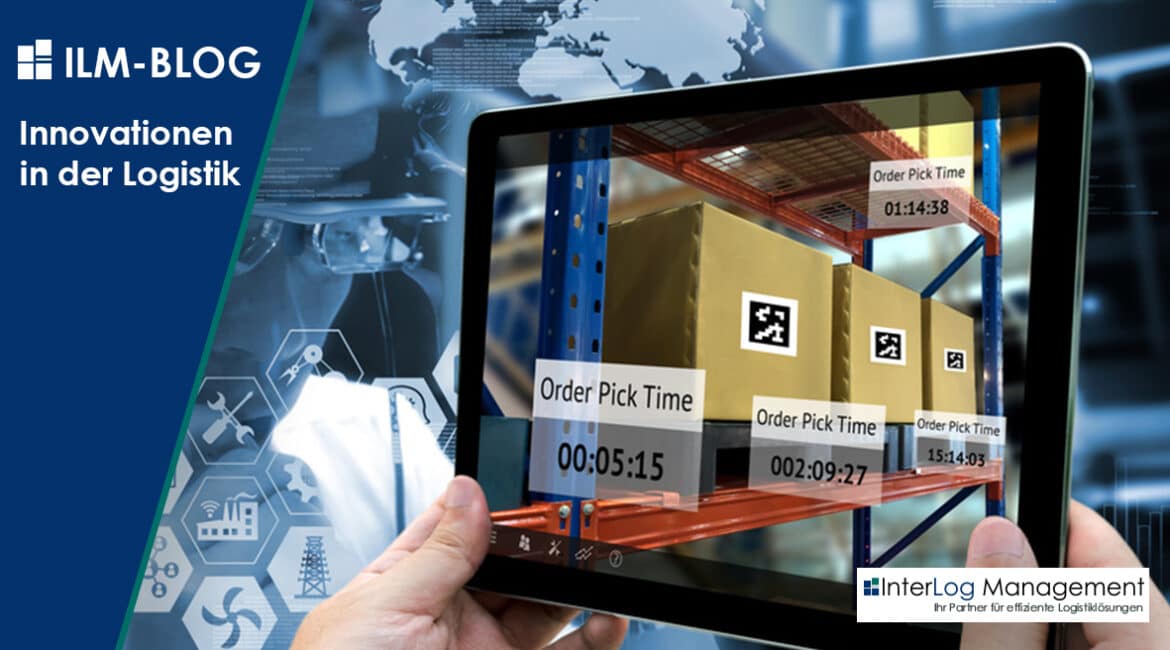Innovations are an important driver for a successful company. In the course of the logistics projects we have carried out, we have been able to implement many types of innovations in the form of automation, modernization and optimization within warehouse logistics together with our customers. In our blog “Innovations in Logistics” we would like to discuss the importance of the topics “Intelligent Picking, Robotics, Smart Factory and 3D Warehouse Planning”.
Intelligent order picking
In the goods-to-man and man-to-goods area, new technologies and innovations have created new possibilities. In the goods-to-man area, these are for example the auto store, shuttle solutions or multi-level shuttles. These solutions allow long-term cost reductions and enormous increases in efficiency. Often it is not necessary to automate the entire warehouse at once, since even a partial automation often brings a certain success.
It is also possible to optimize picking in the man-to-goods area by means of Pick-by-Light, Pick-by-Vision, Pick-by-Voice or other innovative technologies. IT-controlled systems provide support here. For any automation in the field of logistics, an appropriate IT system landscape is necessary. This should definitely be considered and, if necessary, adapted in the course of planning and optimizing such systems.
Robotics
Nowadays, collaboration between humans and robots is playing an increasingly important role as robots take on more and more tasks in logistics and are used to support, relieve or automate, e.g. as driverless transport systems (AGV), in packaging, labelling, palletising or as separation robots. The latest technologies, such as picking robots, now allow for problem-free hand-in-hand work by humans and robots. Thanks to the sensor technology built into the robot, cooperation between man and machine is possible without compromising safety. Sensibly used robotics helps to optimize costs, efficiency and customer satisfaction in the long term through improved processes and thus, for example, significantly shorten delivery times.
Smart Factory
Logistics is increasingly developing into an integrally networked unit. Machines of all kinds, transport, storage and merchandise management systems communicate with each other, so that less human intervention is required. The result is a logistics environment that organizes itself, a Smart Factory.
In the age of Industry 4.0, which focuses on intelligent products, procedures and processes (Smart Production), the Smart Factory is an essential component. The Smart Factory regulates the increasing complexity and increases efficiency in production. Communication from “machine to machine” (Internet of Things) is the core element.
Cyberphysical systems, modern and powerful information and communication technologies as well as big-data technologies comprise the control and monitoring of a Smart Factory.
The Smart Factory approach guarantees high quality and sustainability of the processes. In the future, humans will act within the systems in a process-controlling and non-operational manner.
3D warehouse planning
Virtual reality or augmented reality is becoming increasingly interesting. However, the use of these techniques first requires a virtual environment, which has to be created. Especially for the field of logistics we use a 3D warehouse planning tool and can, for example, transform an empty warehouse into a fully functional, automated logistics facility. Our customer can thus move virtually through his new warehouse even before project implementation. The processes are traceable and investments can be planned more easily.
The interactive 3D model is also predestined for the implementation of trainings and courses in the context of familiarization or exercises of new processes. Through the virtual practice room, employees can be instructed in their tasks and memorize process sequences better.
The 3D warehouse planning allows the performance and possible bottlenecks of the warehouse to be analyzed. High costs resulting from subsequent process corrections are avoided. 3D layouts can be used as planning aids by industrial architects.

